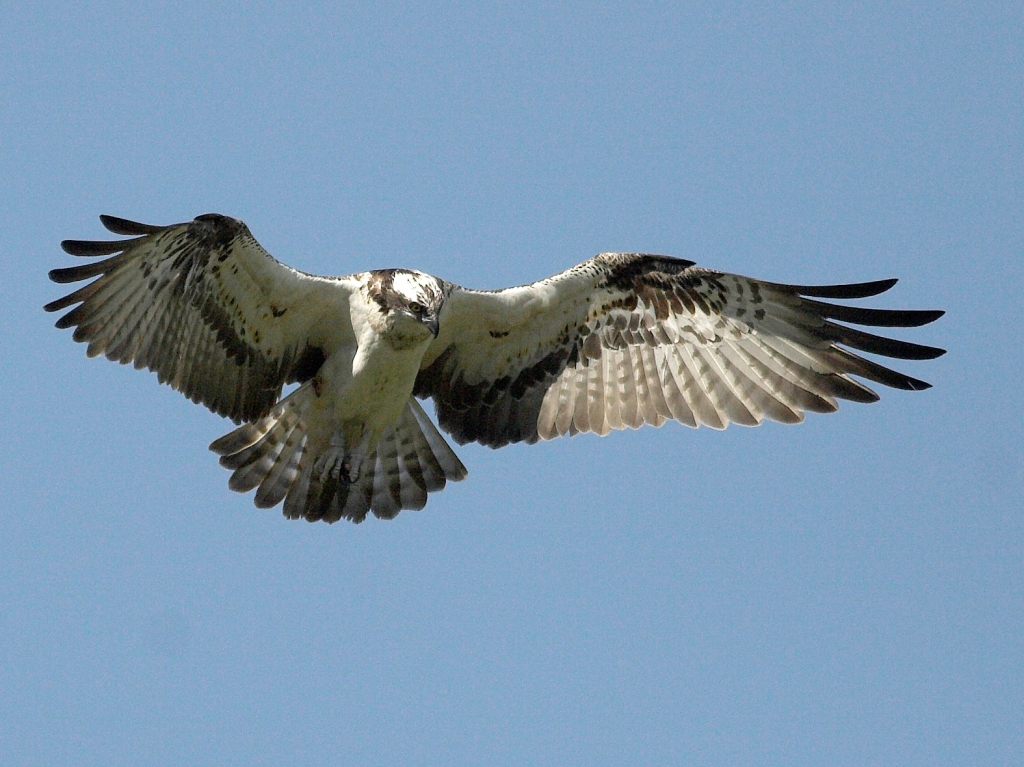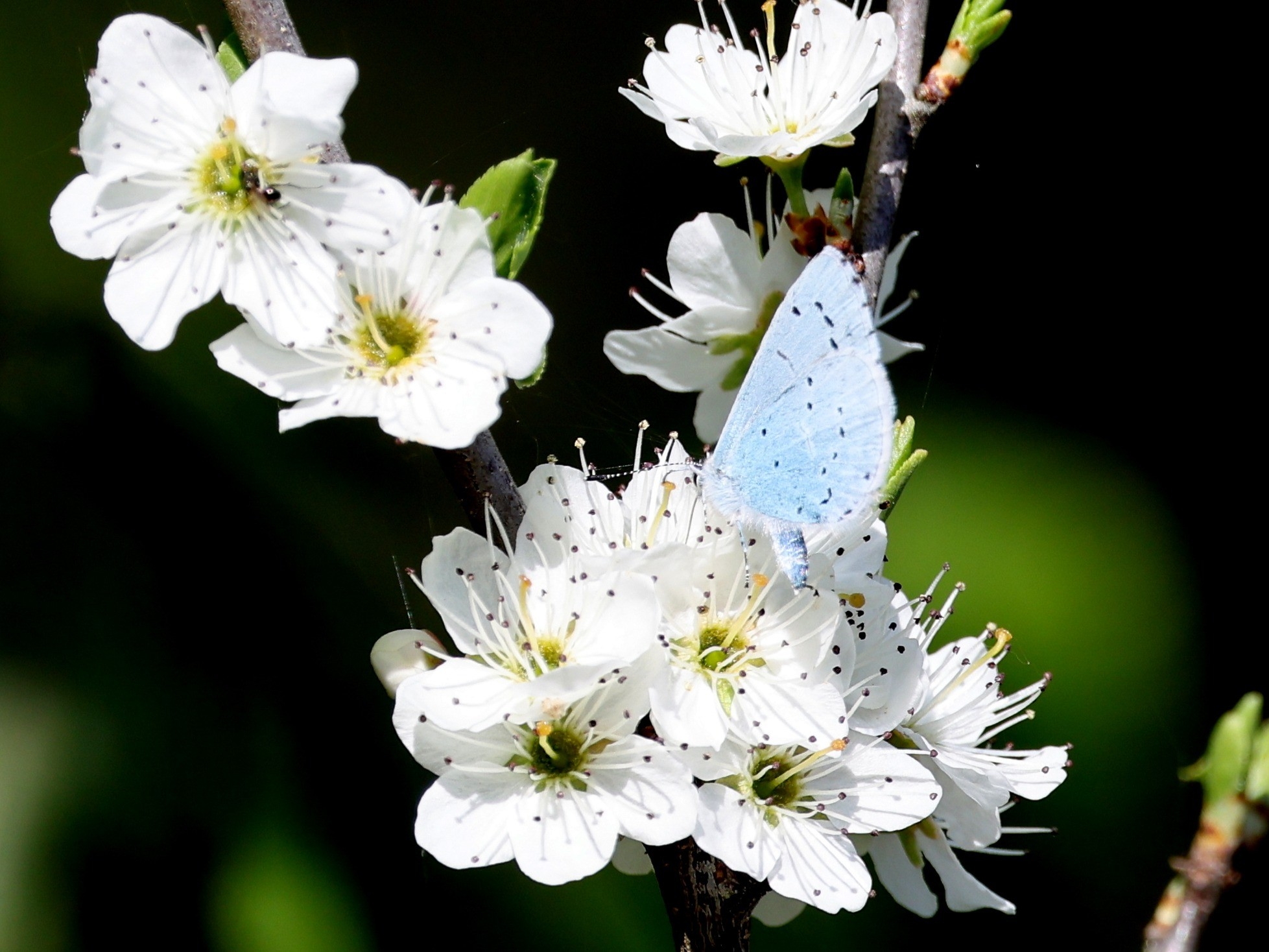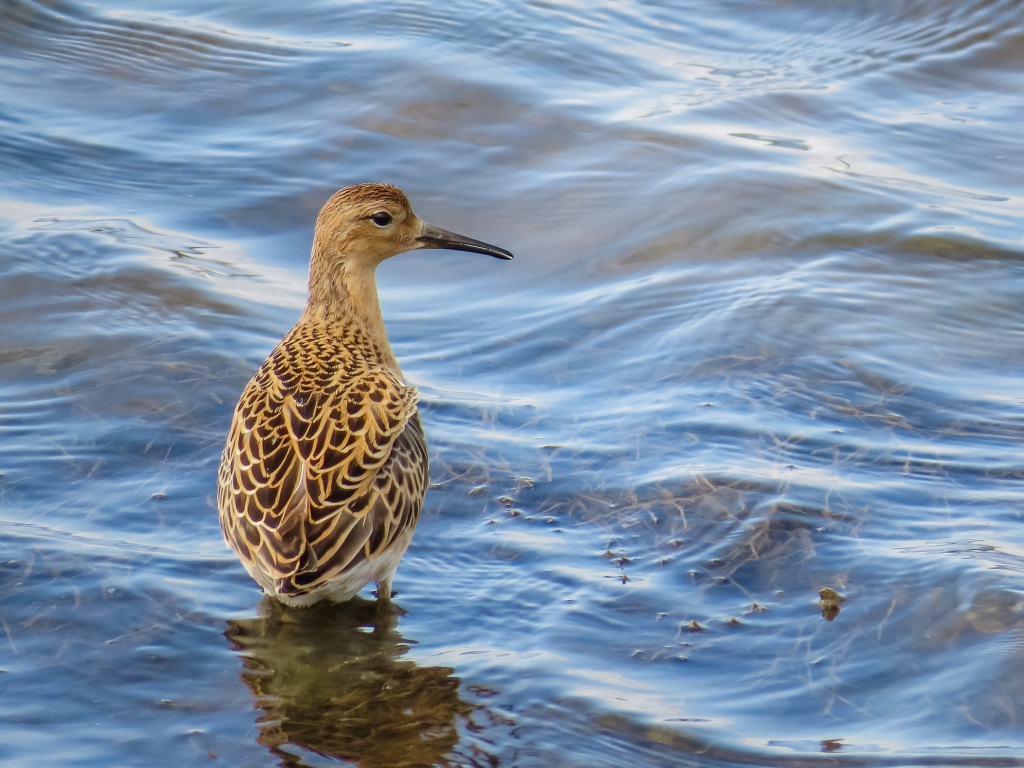Recent Sightings 28th August - 3rd September
Highlights - Osprey, Spotted Crake, Ruff, Garganey, and Bar-tailed Godwit.
We were thrilled to see an Osprey this week from British Steel Hide and then again over Deep Water lake! This is the first sighting this Autumn of an Osprey on its long journey to Africa.
Another bird of prey that visited us this week was a juvenile Peregrine Falcon attempting to hunt waders over the Marsh Scrapes. Black-tailed Godwits and Redshank were unsettled and alarm calling, but it soon left to try its luck elsewhere. Thankfully for the waders, the Peregrine was still young and needs more practice for a successful hunt.
A Spotted Crake made an appearance on Deep water lake on Friday at the end of the day. It briefly showed on the island in front of the Sir Peter Scott hide before disappearing into the vegetation. This bird is a little smaller than the Water Rail, which was also seen on Deep water lake this week, and can easily be told apart by the Spotted Crake's short straight bill.
The Millennium wetlands also produced a couple of other interesting species, with a Garganey and a Great Whte Egret showing up at the end of the week.
Waders spotted this week at the Lagoon and Marsh Scrapes include Green Sandpiper, Knot, Bar-tailed Godwit, Dunlin, and Greenshank. When visiting, you can tell the Greenshank apart from other similar-sized waders by their grey-green legs, long upturned bills, pale underside, and grey backs. Ruff have also been seen, searching for food such as small fish, frogs, and insects and their larvae.
Wigeon are beginning to return from their summer residence in countries such as Scandinavia, Russia, and Iceland; and have been seen on the Lagoon, alongside Pintail Ducks, easily spotted by their long tail feathers.
As the summer holidays come to a close, children have been delighted to see moths up close during Moth Morning. Exciting species found include Lesser Broad-bordered Yellow Underwing, Copper Underwing, Chinese Character, and Setaceous Hebrew Character.
Our fantastic volunteers were busy managing the reedbeds and saw evidence of Water Voles feeding, which is always great to see as they're elusive and rarely seen.



